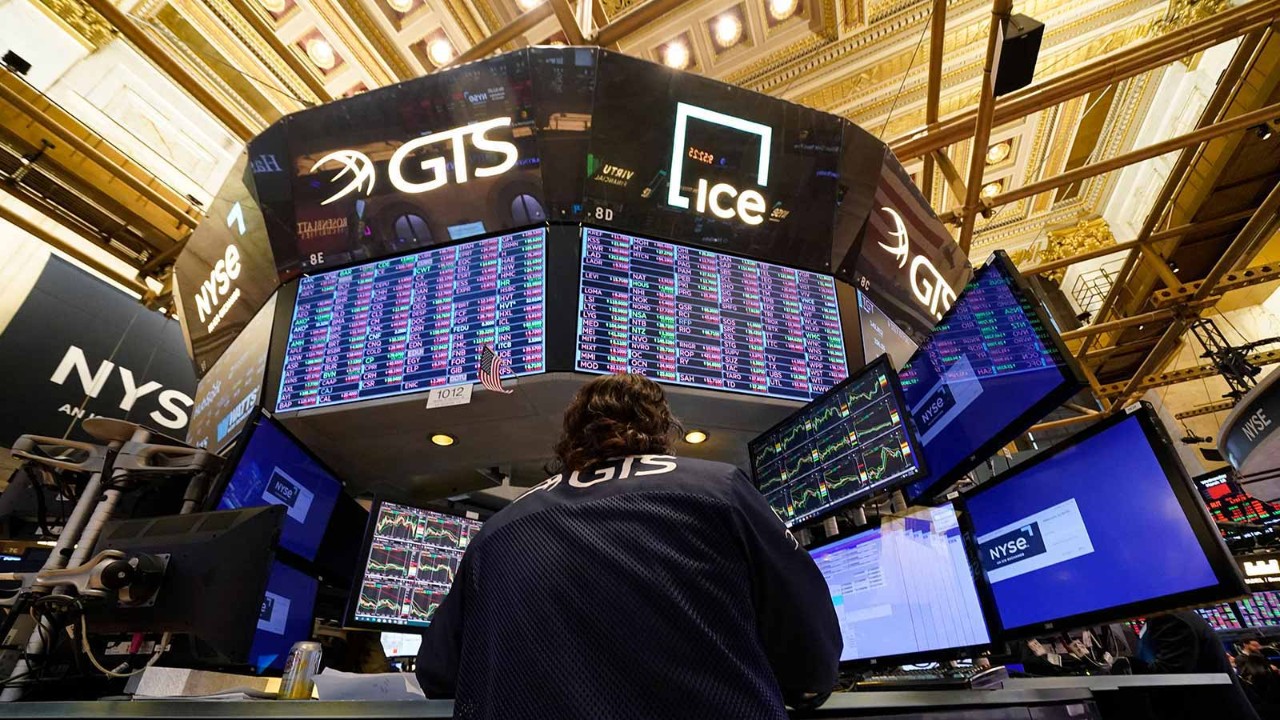
So far, 2023 is not shaping up to be a banner year. The economies of both the US and the eurozone look on track to grow at a snail’s pace – below 1% each; mainland China’s rebound has so far been less vigorous than expected; and the war between Russia and Ukraine is dragging on.
To make matters worse, the collapse of banks on both sides of the Atlantic has added to nervousness about the economic outlook. But stock markets have been an unexpected source of cheer. After a grim 2022, equities have been staging a comeback.
One source of optimism for US investors has been the eagerly anticipated end to monetary tightening
But at the time of writing in mid-May, the S&P 500 index of large US stocks is up close to 8% in 2023, clawing back part of last year’s 19.4% slide. The eurozone benchmark, the Euro Stoxx 50, has done even better, gaining 14%.
So, against the backdrop of economic malaise, what explains this surprising rally? And critically, can CFO count on the rally continuing – making it easier to raise funds in the stock market? The answer differs depending on which side of the Atlantic you are focusing on.
Large-scale layoffs have raised hopes that big tech companies can preserve their profit margins
One source of optimism for US investors has been the eagerly anticipated end to monetary tightening. After raising rates at its May meeting, the Federal Reserve hinted it may be close to ending a series of hikes that have taken the Fed funds rate 500 basis points higher since March 2022 – the fastest increase in borrowing costs since the 1980s.
Reasons to be sceptical
But there are several reasons to be sceptical that the stock rally will gather steam. First, historically stocks have only started to rally in a durable fashion after the Fed starts cutting rates and – with inflation still more than double the Fed’s 2% target – easing could still be some way off. Equally critically, the rebound in equities has been extremely narrowly based, being almost entirely reliant on a handful of tech giants. The FANG+ index, which includes the US’s 10 most traded tech companies, including the likes of Alphabet, Meta, and Amazon, has climbed 44% so far in 2023, as of 12 May.
True, the US tech sector certainly has much good news to boast about. A decade-long hiring binge appears to be going into reverse, and large-scale layoffs at companies like Meta and Amazon have raised hopes among investors that big tech companies can preserve their profit margins. That is particularly encouraging given that mega tech firms expanded the payroll by around 860% in the 10 years to 2022, compared with just 24% for S&P 500 companies overall, based on a UBS calculation.
Experts agree that market rallies based on a small group of companies are more fragile
In addition, the big tech firms, once parsimonious when it came to returning capital to shareholders, have become notably more generous as profits have swelled. Apple, for example, is on track to buy back US$90bn of stock this year and has returned US$465bn to shareholders over the past five years, including dividends – equal to the current market capitalisation of Visa, the US’s 10th largest company.
Rising valuations
The problem is that the tech companies now look overvalued. The sector overall is now trading at around 22 times the earnings analysts are forecasting over the next 12 months (the forward price-to-earnings ratio) – a roughly 20% premium to their valuation over the past decade. That has contributed to rising valuations for the S&P 500 overall, which now trades on a forward price-to-earnings ratio of 18 times, about 13% dearer than its average for the past 10 years.
Finally, experts agree that market rallies based on a small group of companies are more fragile. And the recent rally has been extremely narrow indeed. An equal market cap weighted version of the S&P 500 index, which dilutes the impact of the giant tech companies, was up just 0.1% this year, as of 12 May.
Shares in the eurozone’s largest company, €450bn titan LVMH, are up by a third so far this year
So, what about stocks on the other side of the Atlantic? Here, the rally seems mostly due to the triumph of low expectations. Six months ago, investors were fearful that energy shortages would cause a deep recession. The fact that this crisis failed to materialise has lifted sentiment.
Meanwhile, the reopening of the Chinese economy has boosted the critical luxury goods sector in Europe. And unlike the US market, eurozone stocks overall don’t look too expensive. With a forward price-to-earnings ratio of around 12.5 times, the MSCI Eurozone index is trading around 1% below its 10-year average.
Luxury recovery
But here, too, there are reasons to be cautious about how much further the rally can go in the remainder of 2023. As with the US market, the rally has been based on a small coterie of companies – in Europe’s case the luxury goods sector. Shares in the eurozone’s largest company, €450bn titan LVMH, are up by a third so far this year, as of 12 May. Hermès International was up 40% over the same period, and Christian Dior by 25%.
And while the recovery in consumer demand in mainland China has been helpful to luxury goods firms, the improvement has so far not extended to the nation’s real estate or manufacturing. This has been bad news for eurozone exporters in areas like chemicals, metals and mining – which have lagged the broader market. So far, there are few signs that China’s economic recovery is broadening.
The upshot for both the US and eurozone equity markets is that stock market rallies appear to be on shaky foundations. For CFOs wanting to raise money in the markets, it could be unwise to assume that current benign conditions will last.




